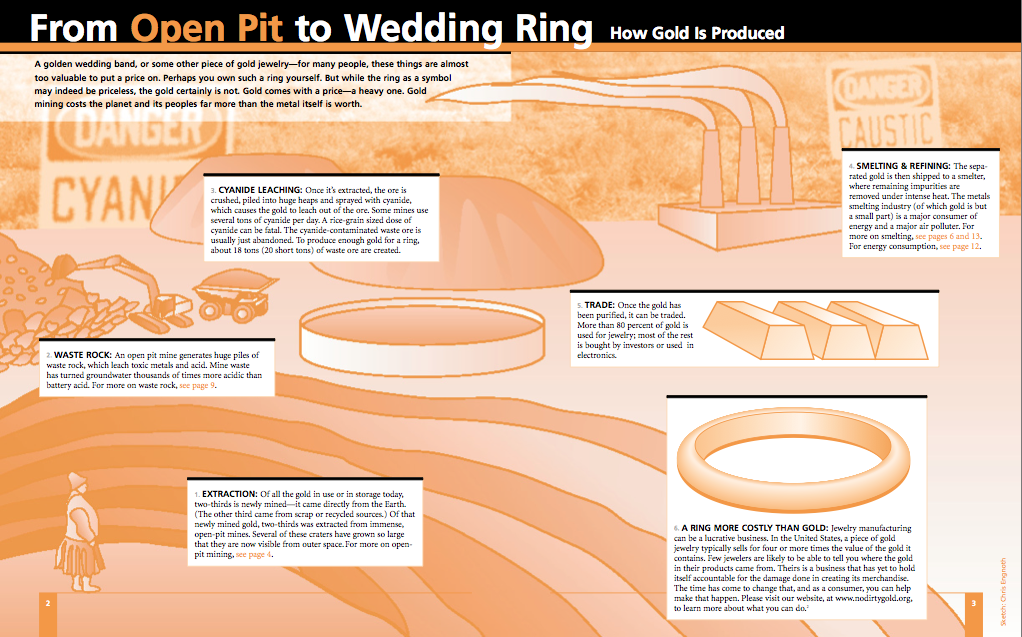Part of what makes the Pebble Mine debate so interesting is that the mining industry has come head-to-head with the fishing industry. But in other places around the world it is the gold mining industry that has been established. A website called “Goldfacts” is run by the World Gold Council, and shares many of the […]
Tag Archives: mining
Pebble Mine Continues to Lose Support
It was recently announced that a mining company, Rio Tinto, plans to pull out of the Pebble Mine project. Rio Tinto was one of the last large mining companies with remaining investment in the mine, owning a 19% share. Rio Tinto is not the first major company to retract support- last September the Anglo-American Corporation, […]

Mining under the Microscope
The protests against the Pebble Mine are not exactly unfounded. Historically mines, especially gold and copper mines, have been very destructive to the environment and the people who rely on them. Earthworks and Oxfam America published a report on the negative effects of mining called Dirty Metals: Mining, Communities and the Environment. Included in the beginning of the report is the diagram of the gold mining and refining process seen below.
The processes behind the mining of copper and gold are not at all efficient. The report states that only .51 percent of ore mined for copper is actually usable metal, and only .00001 percent of ore mined for gold. But it is not only the inefficiency of mining these metals that leads to environmental degradation. It is estimated that mines in the United States are responsible for more than 90 billion tons of waste ore. The chemicals involved in the process are dangerous for the environment too. The way that gold is extracted is by spraying cyanide, which bonds with the gold, onto crushed ore and then chemically separating the two. The remains of this process are called tailings, a mixture of crushed rock, water, and chemicals. These tailings are stored in on-site tailing dams, which are often structurally unsound. Tailing dam failures are responsible for about 75 percent of major mining accidents over the past 25 years.
Considering all of these threats, and the fact that it takes only 1 millionth of a gram (or 1 microgram) of cyanide per liter of water to kill a fish, the people who rely on the rivers near the Pebble Mine have a right to be concerned. Mining is not an industry that has a history of low environmental impact, and despite promises the Pebble Mine has the potential to cause severe damage to the Sockeye Salmon runs in Bristol Bay.
References
http://www.oxfamamerica.org/static/media/files/dirty-metals.pdf
http://farm4.staticflickr.com/3774/8904048841_a7834d10ee_o.jpg


